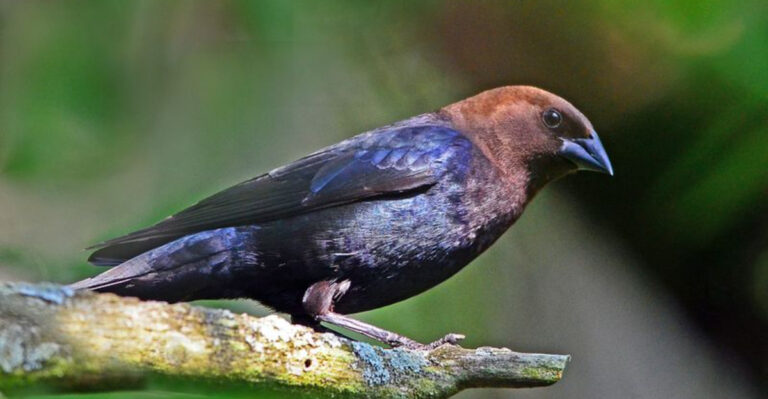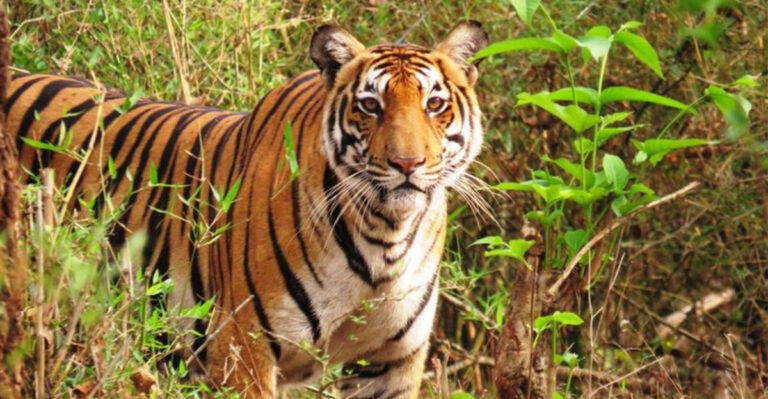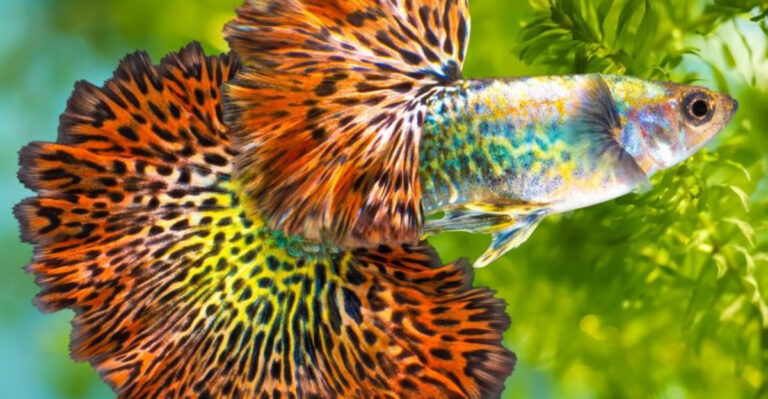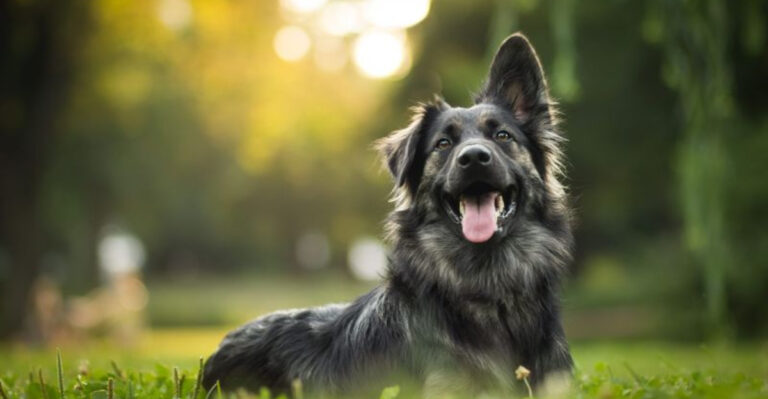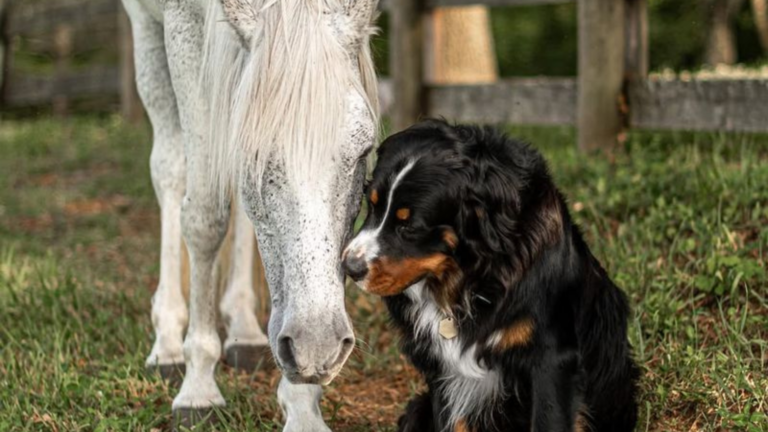13 Must-Know Facts About The F1b Goldendoodle That Will Surprise You
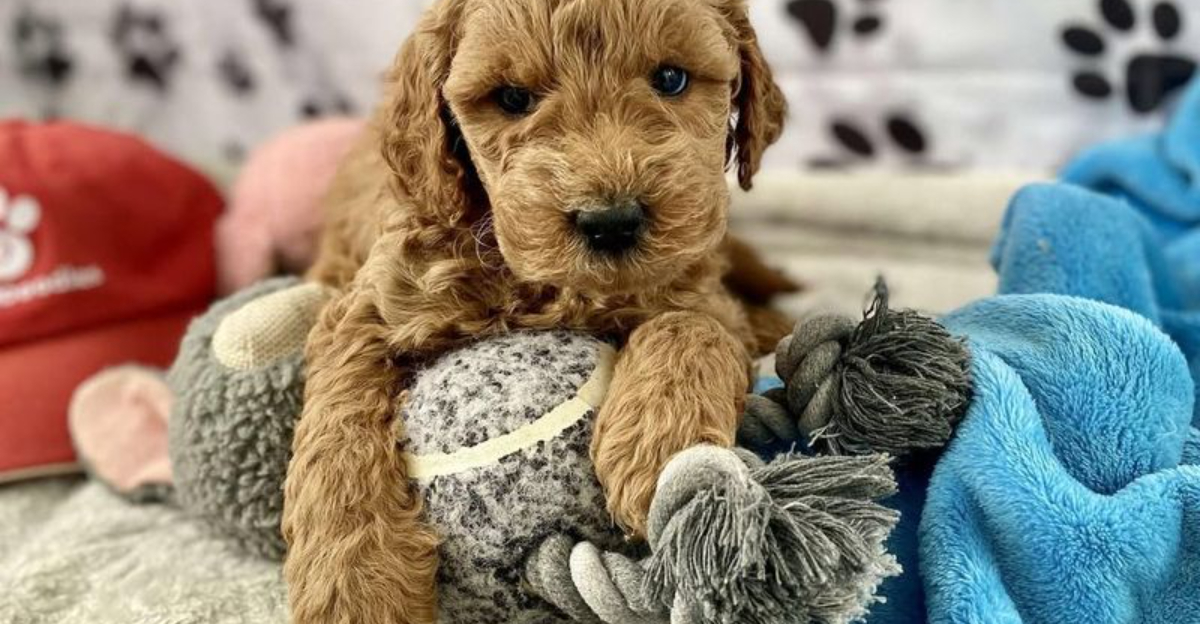
The F1b Goldendoodle is a fascinating blend of genetics that makes it one of the most popular choices among dog lovers. Known for their adorable looks, intelligence, and hypoallergenic qualities, these dogs are a delightful mix of a Golden Retriever and a Poodle.
Let’s explore the unique attributes of the F1b Goldendoodle, comparing it with its predecessors and relatives, and provides essential insights into their temperament, health, and grooming needs. Discover why these dogs are beloved family pets.
1. F1 = Golden Retriever X Poodle
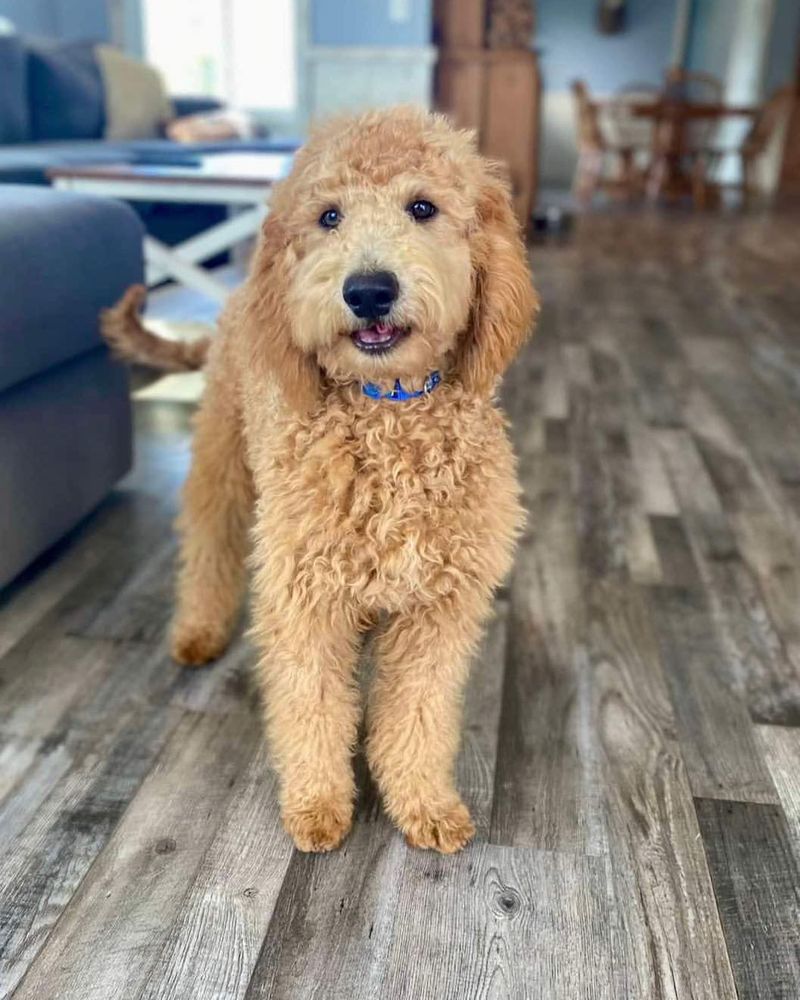
The F1 Goldendoodle is the first generation hybrid, a direct cross between a Golden Retriever and a Poodle.
This combination results in a dog with a delightful blend of traits from both parent breeds. Owners can expect a medium to large-sized dog with a wavy, sometimes curly, coat.
Some F1 Goldendoodles may shed more like Golden Retrievers, while others may inherit the Poodle’s low-shedding coat. This generation tends to be friendly, intelligent, and adaptable, making them great family pets.
2. What’s The Difference Between An F1 And An F1b?
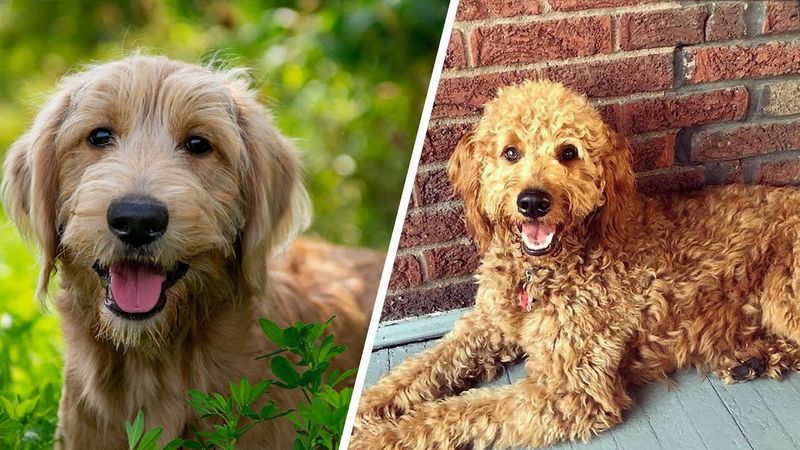
The F1b Goldendoodle is a backcross between an F1 Goldendoodle and a Poodle, resulting in a dog that’s about 75% Poodle and 25% Golden Retriever.
This higher Poodle genetic content makes the F1b Goldendoodle more likely to have a curly, low-shedding coat, ideal for allergy sufferers. While both F1 and F1b are affectionate and intelligent, the F1b typically requires more grooming due to its curlier coat.
3. Why Do Breeders Breed The F1b Goldendoodle?
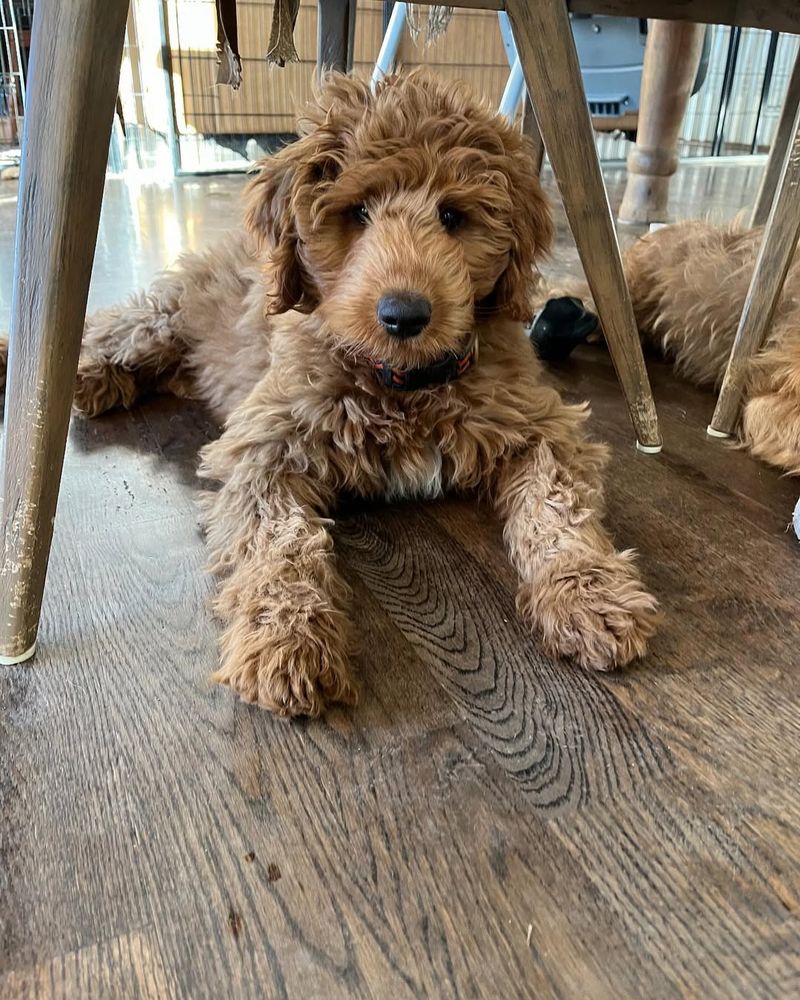
Breeders favor the F1b Goldendoodle due to its increased hypoallergenic properties and more predictable coat type. By backcrossing to a Poodle, breeders aim to enhance the low-shedding and hypoallergenic characteristics, making these dogs a popular choice for those with allergies.
Additionally, the F1b’s temperament is usually predictable, featuring a pleasing combination of intelligence, gentleness, and playfulness. This generation is also chosen for its variety in size, from standard to miniature, catering to different living spaces and owner preferences.
4. What’s The Difference Between An F2 And An F1?
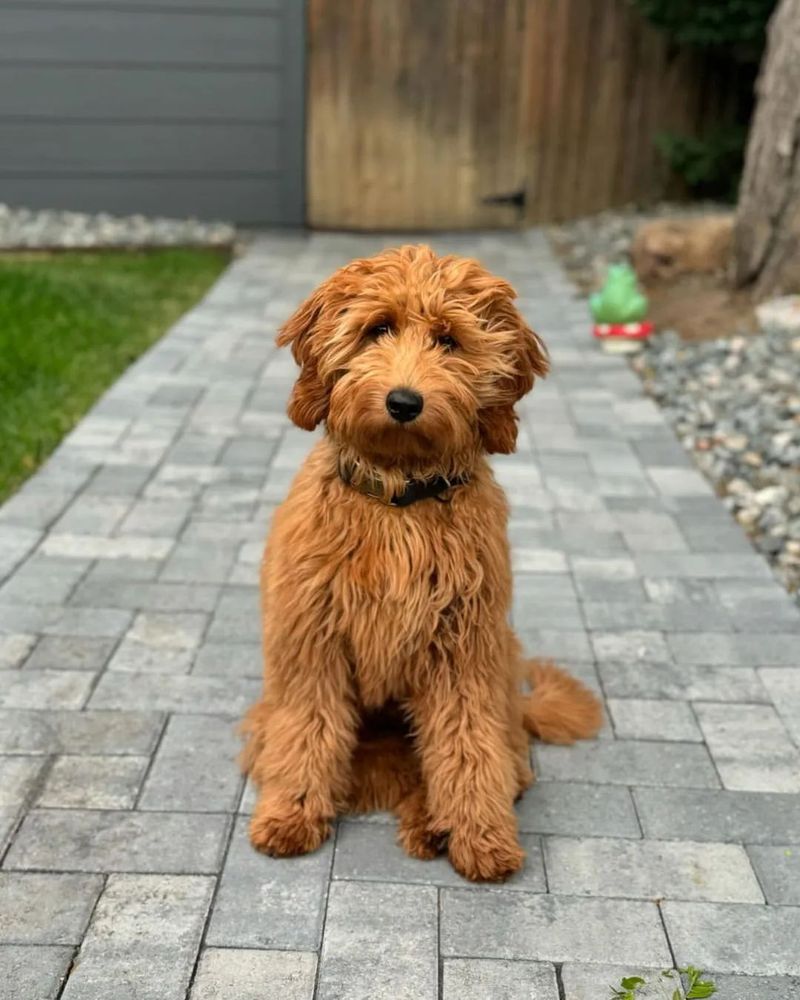
F1 Goldendoodles are first-generation mixes, while F2 Goldendoodles are the result of breeding two F1 Goldendoodles. The F2 generation may display a wider range of coat types, from curly to straight, and varying levels of shedding.
This generation can be less predictable in terms of hypoallergenic traits compared to the F1b. While F1 Goldendoodles offer a balanced combination of traits from both parent breeds, F2 Goldendoodles can be more diverse genetically, leading to greater variability in their appearance and coat characteristics.
5. Differences In Genetics

The genetic composition of Goldendoodles significantly impacts their characteristics. F1b Goldendoodles, with their 75% Poodle genetics, are more likely to exhibit hypoallergenic coats and less shedding.
In contrast, F1 Goldendoodles, being 50% Poodle and 50% Golden Retriever, show more variability in these traits. The F2 Goldendoodle’s genetics can be even more unpredictable, as they combine two F1 dogs.
6. Differences In Appearance
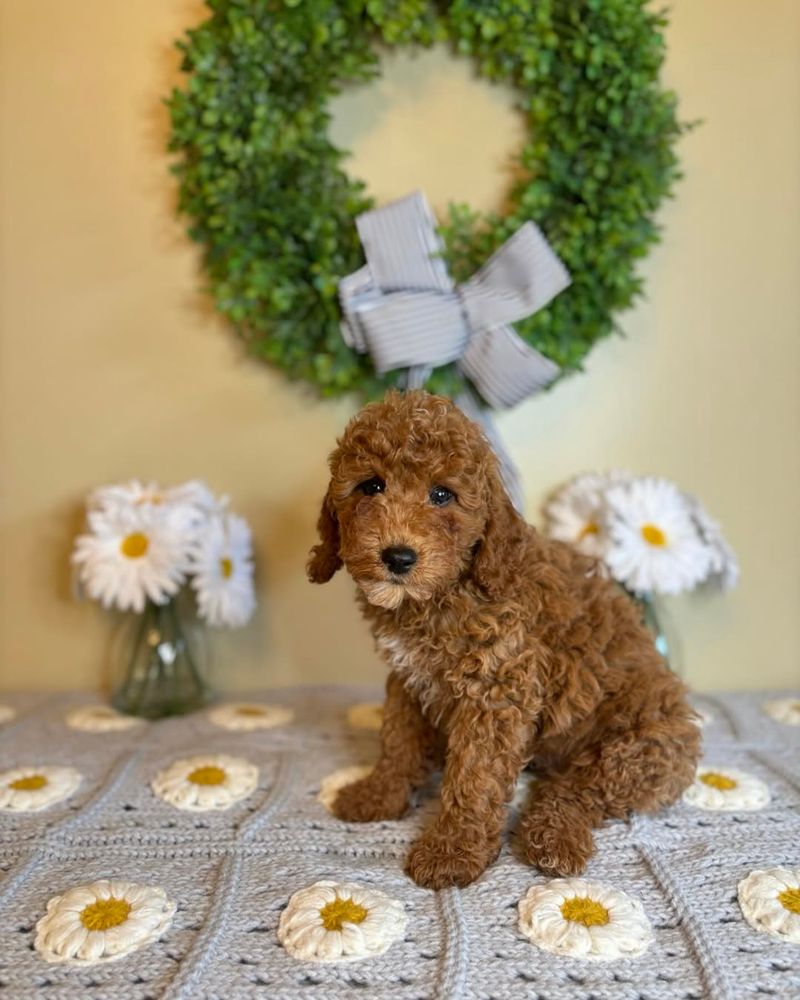
The appearance of Goldendoodles can vary widely based on their genetic makeup. F1 Goldendoodles often have wavy or curly coats, while F1b Goldendoodles usually display tighter curls due to their higher Poodle content.
This makes F1b Goldendoodles resemble Poodles more closely, with a refined and elegant look. F2 Goldendoodles, on the other hand, can range from wavy to curly, and even straight coats are possible.
7. Differences In Health Issues
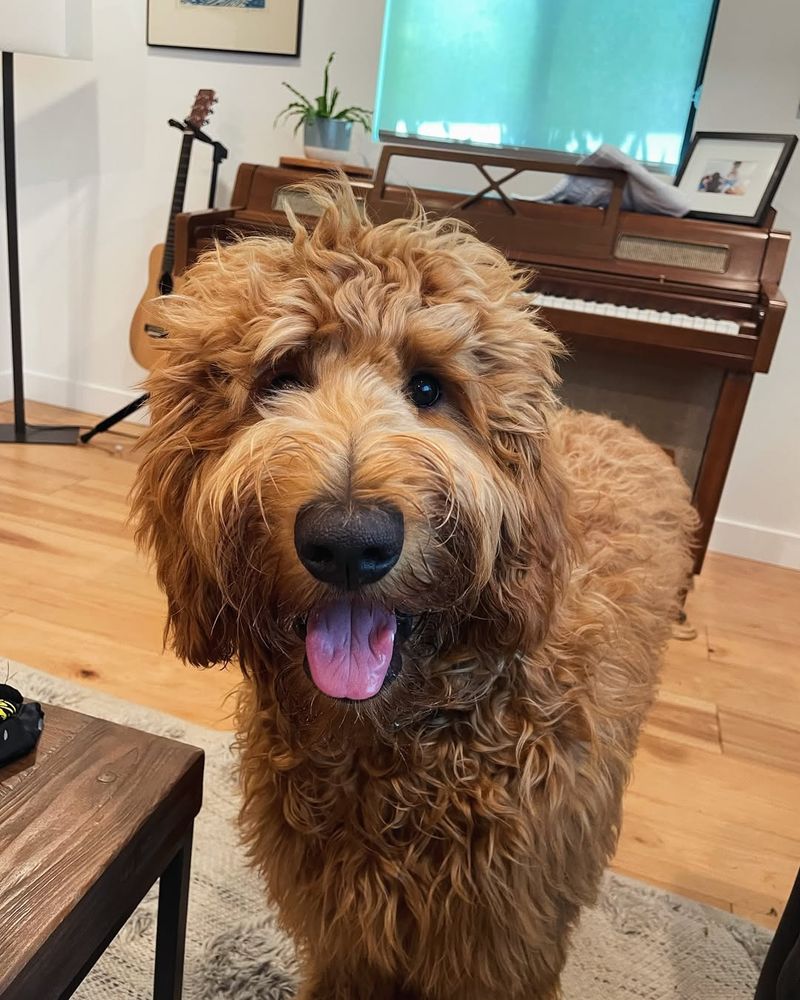
Goldendoodles generally benefit from hybrid vigor, but each generation has unique health considerations. F1b Goldendoodles, with more Poodle genetics, may inherit issues like hip dysplasia and eye disorders common in Poodles.
F1 Goldendoodles might face health challenges associated with both parent breeds, including heart and joint issues. The genetic variability in F2 Goldendoodles can also lead to unpredictable health outcomes. Regular vet check-ups and a healthy lifestyle are crucial for all Goldendoodle generations.
8. Differences In Shedding
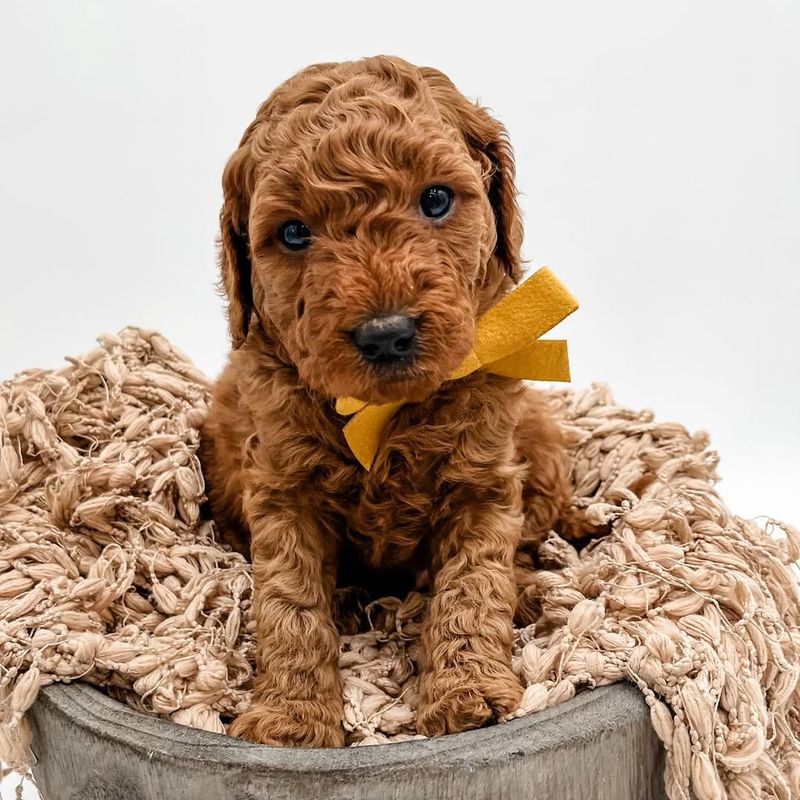
Shedding is a key consideration when choosing a Goldendoodle generation. F1b Goldendoodles typically shed less due to their 75% Poodle genetics, making them ideal for allergy sufferers. Their coats usually require more maintenance to keep them mat-free.
F1 Goldendoodles may shed more, reflecting their Golden Retriever heritage, and often have wavier coats. F2 Goldendoodles can have varying levels of shedding, adding to their unpredictability.
9. Differences In Hypoallergenic Levels
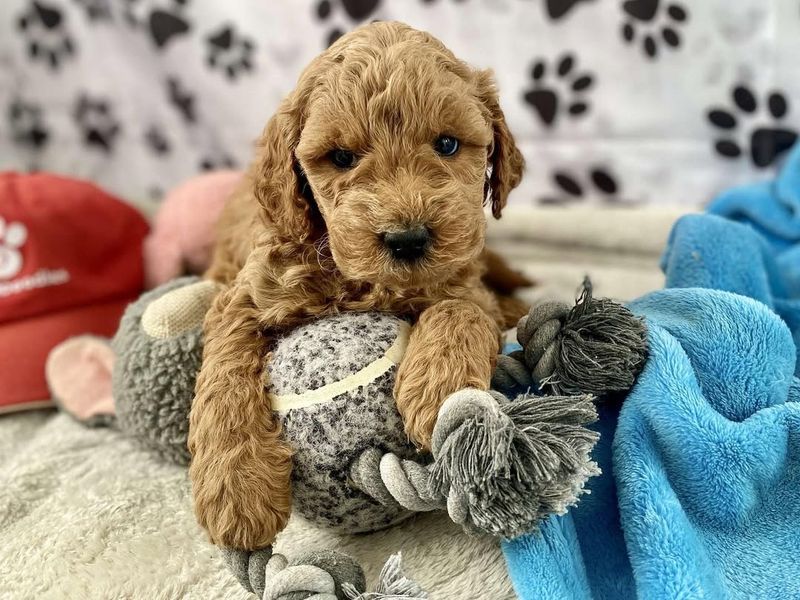
Hypoallergenic qualities can vary among Goldendoodle generations. The F1b Goldendoodle, with its higher Poodle genetic makeup, is often the best choice for allergy sufferers, as it typically has less dander and shedding. F1 Goldendoodles can vary, with some shedding more like their Golden Retriever parent.
F2 Goldendoodles present even less predictability in this aspect, as they can inherit traits from both F1 parents.
10. Other Types Of Goldendoodle And Their Unique Traits
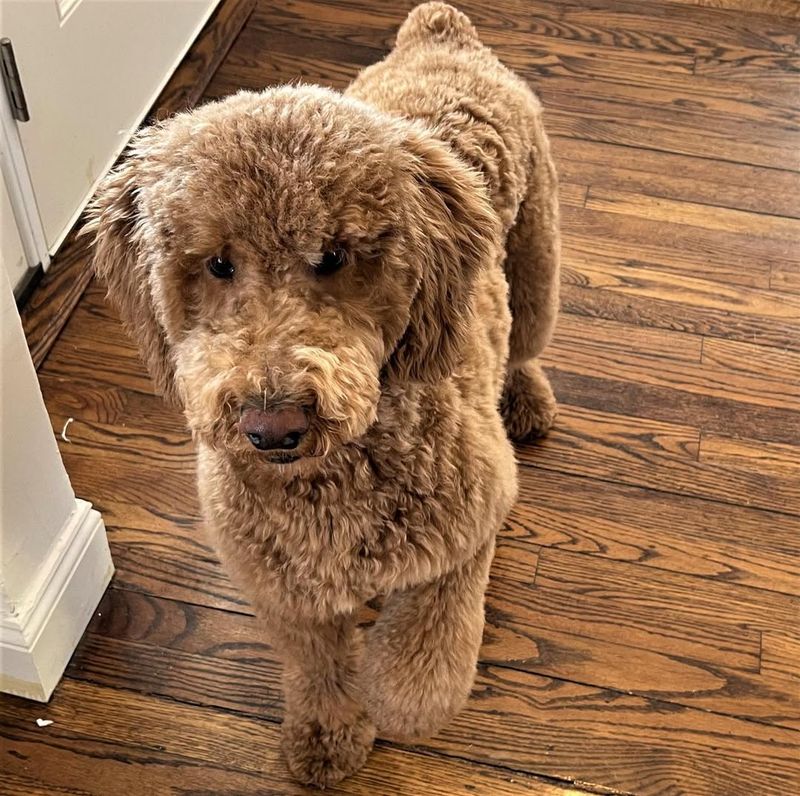
Beyond F1, F1b, and F2 Goldendoodles, there are mini and multi-generational variants, each with unique traits. Mini Goldendoodles, typically a cross between a Poodle and a smaller dog, offer the friendly demeanor of larger Goldendoodles in a compact size.
Multi-generational Goldendoodles result from breeding Goldendoodles to each other, aiming for specific traits like coat quality and size. These types provide even more variety in appearance, size, and temperament.
11. The F1b Goldendoodle’s Temperament
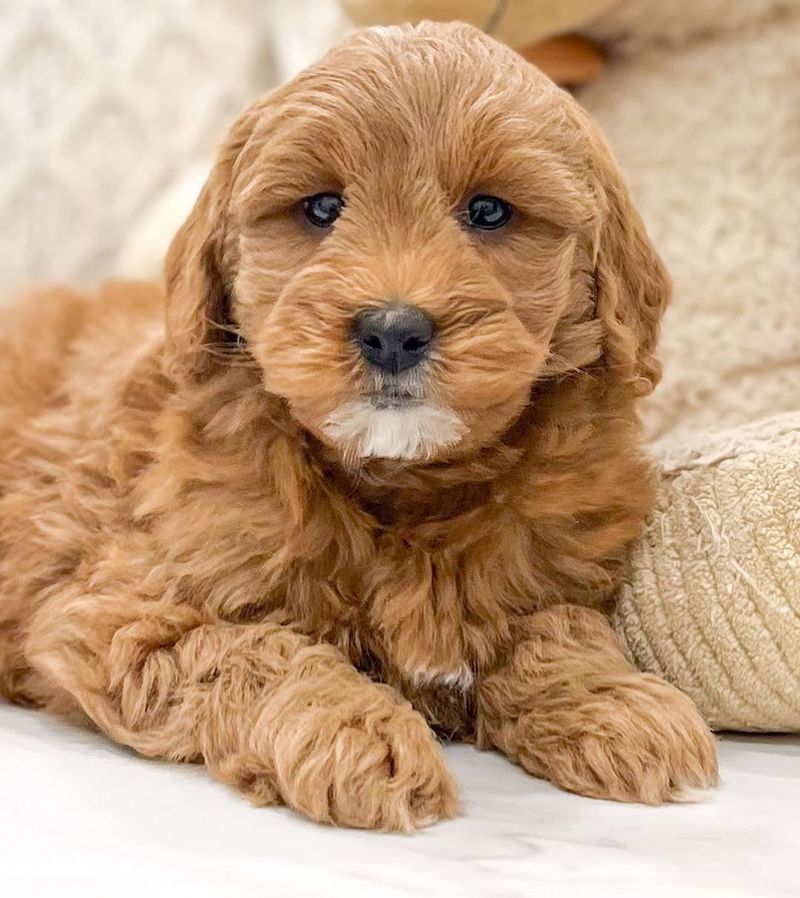
The F1b Goldendoodle is celebrated for its friendly and intelligent nature, making it an excellent family pet. This generation often inherits the best traits of both parent breeds, combining the Golden Retriever’s loyalty and sociability with the Poodle’s intelligence and trainability.
They thrive on interaction and enjoy playing, making them great companions for children and active families. Their adaptability means they can fit well into various living environments, from apartments to larger homes.
12. How The F1b Goldendoodle’s Coat Affects Grooming
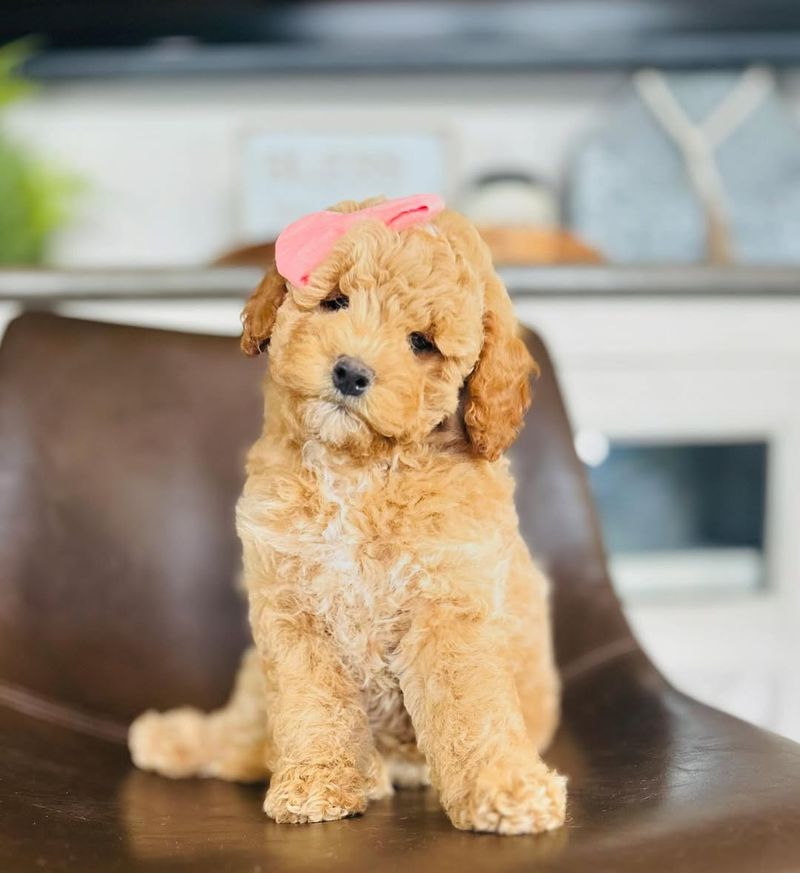
The F1b Goldendoodle’s coat is known for its curliness, which demands regular grooming to prevent matting. These dogs usually require professional grooming every 6 to 8 weeks, along with regular brushing at home to maintain their coat’s health and appearance.
Despite the maintenance, their low-shedding nature is beneficial for allergy sufferers. The grooming process is essential not only for aesthetic purposes but also for the dog’s comfort and skin health.
13. What Makes The F1b Goldendoodle A Popular Family Pet?
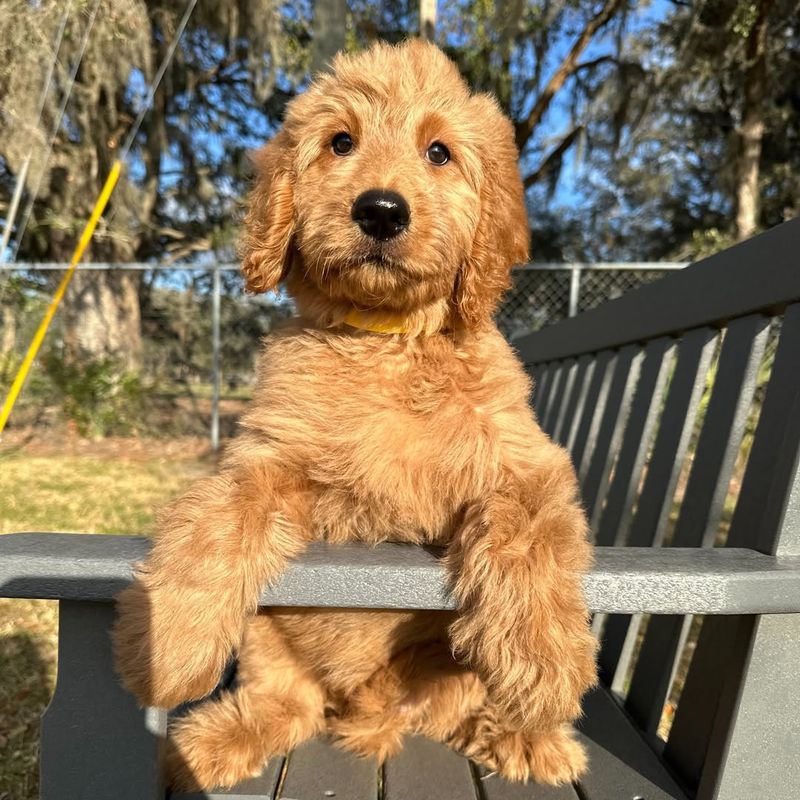
Several factors contribute to the F1b Goldendoodle’s popularity as a family pet. Their affectionate and gentle nature makes them ideal companions for children, while their intelligence and eagerness to please facilitate training.
The hypoallergenic qualities of their coat are a significant advantage for allergic households. Moreover, their adaptable size and energy level mean they can thrive in various living situations, whether in apartments or larger homes with yards.


